A history of the Dublin-based Huguenot family, the Du Bedats, written by Vivien Le Clerc Costello on killineyhistory.ie, recounts the rise and fall of Francis Edward Du Bedat, a former owner of the Kenah Hill property on St George’s Avenue in Killiney.
The vast 929sq m (10,000sq ft) Victorian granite residence, which commands panoramic views stretching from Killiney Bay to Bray Head, was originally called Stoneleigh until Du Bedat changed it to Frankfort when he purchased the pile in 1889.
The Du Bedat family’s Irish fortunes rose over 150 years, by which time they were at the apex of Dublin’s social and financial circles, only to have their name sullied by Francis Du Bedat, then president of the Dublin Stock Exchange, who committed fraud. Some of the Du Bedat clan are buried in the recently renovated Huguenot cemetery on Merrion Row, but many left for pastures new after the scandal caused by Francis borrowing heavily from banks to fund his new home, today called Kenah Hill.
To raise capital in order to greatly expand the house using the finest carpenters and the services of well-known architect Albert Murray, Francis used deposited shares belonging to his elderly Huguenot clients as collateral. “The house was to reflect the public image of Frank, successful, highly respected, a man of substance. Instead it was the cause of his downfall,” according to Le Clerc Costello.
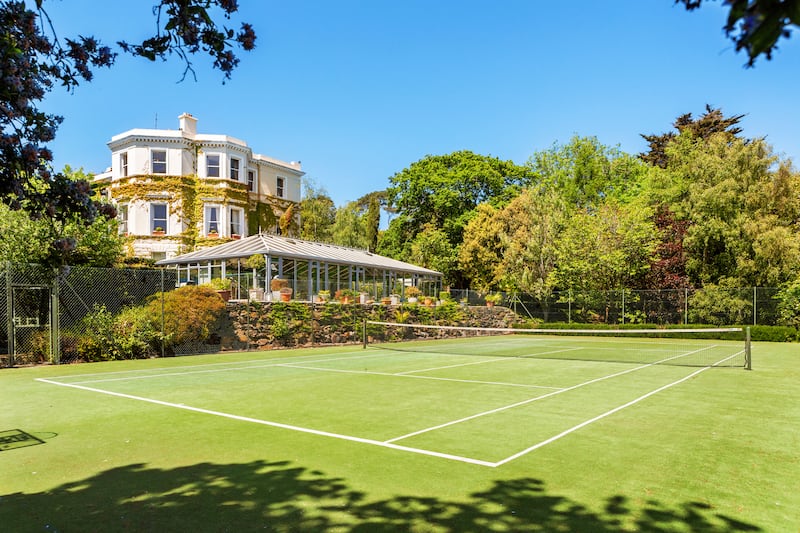
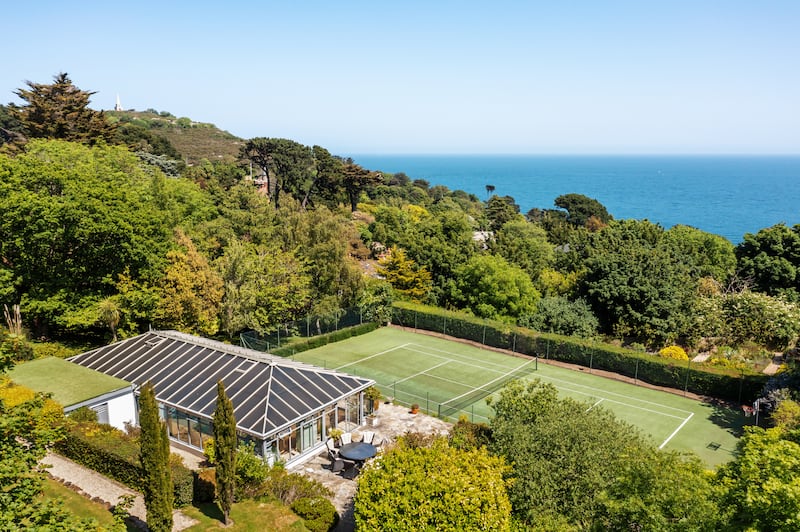
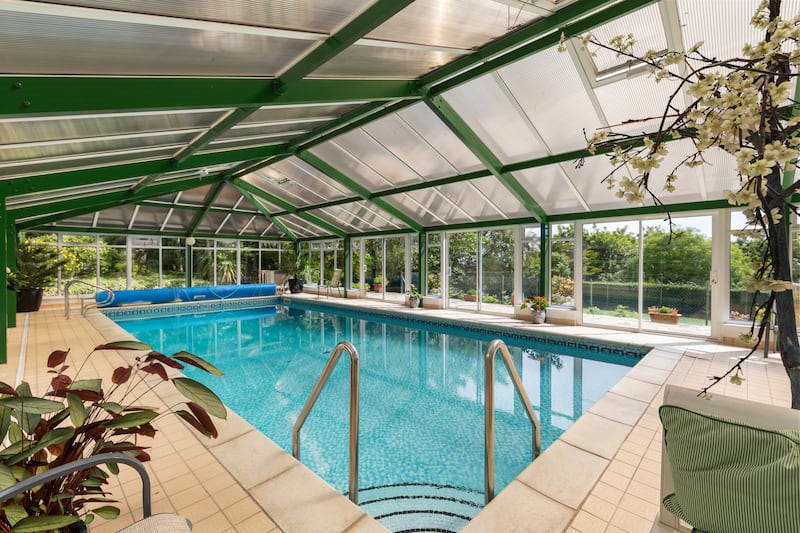
The Italianate pile, significant in stature on its almost three-acre site, sits discreetly among Scots Pine trees last sold in 2015 for €9 million in an off-market purchase, making it the second-highest property sale that year.
It has since had about €2.5 million invested into the property, according to Rena O’Kelly of Sherry FitzGerald, who is handling the sale of the Ber-exempt residence.
Having appeared quietly on the market earlier this year with a €12 million price tag through Lisney Sotheby’s International Realty, it has since been listed again seeking a reduced price of €10.75 million, still making it one of the most expensive properties for sale in the country.
Culminating at a circular forecourt with a striking fountain, it’s evident from the castellated gates at the electronically controlled entrance that this imposing structure has undergone both extensive and sensitive refurbishment.
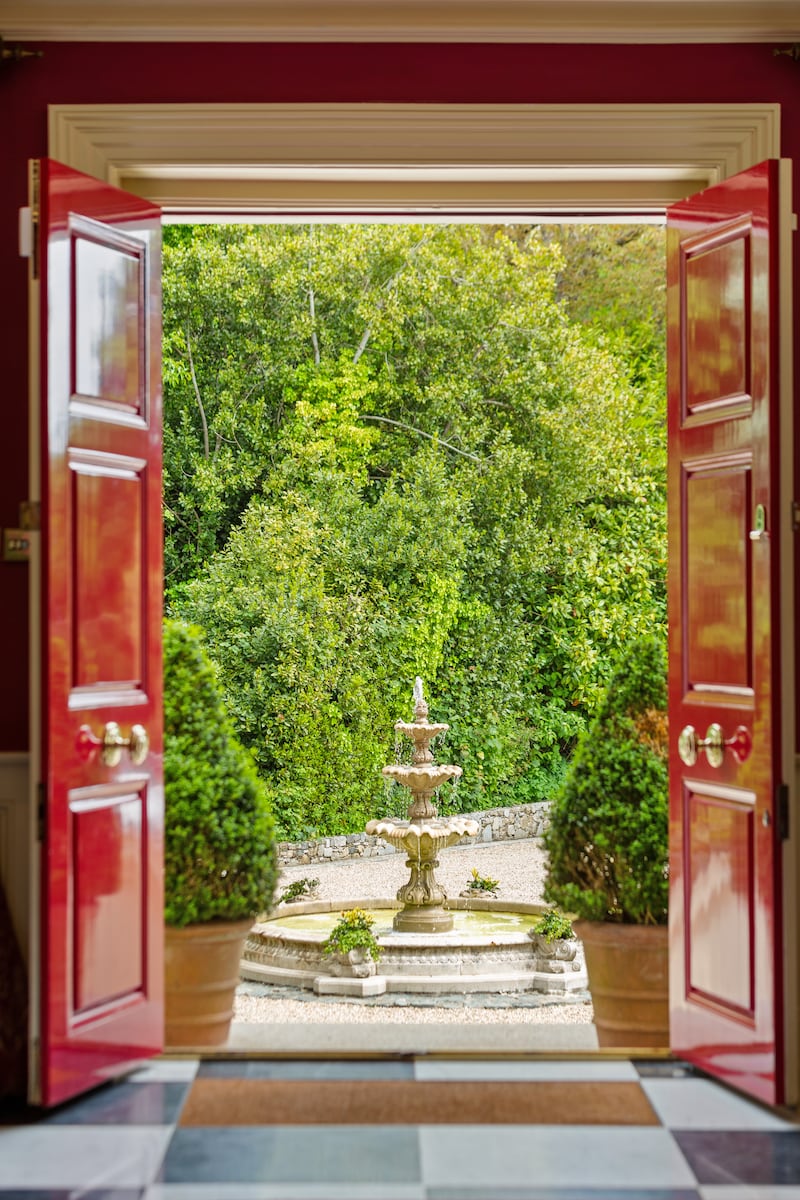
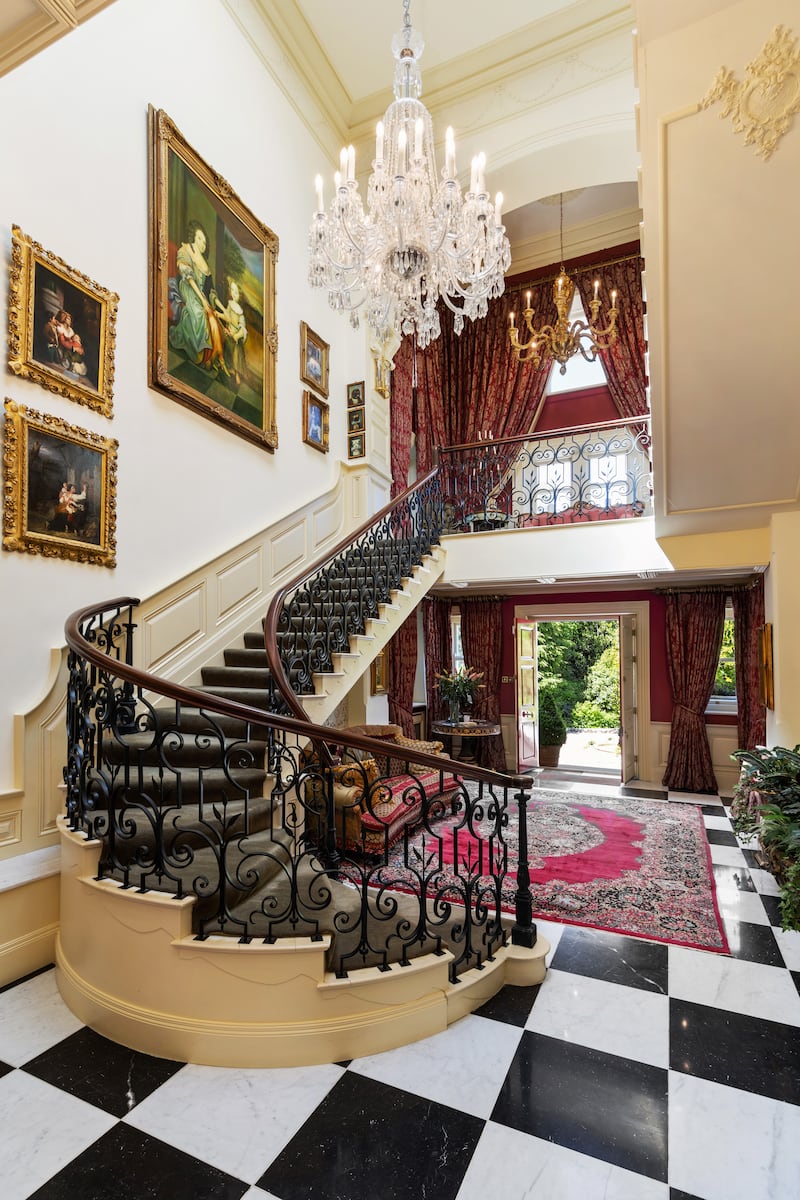
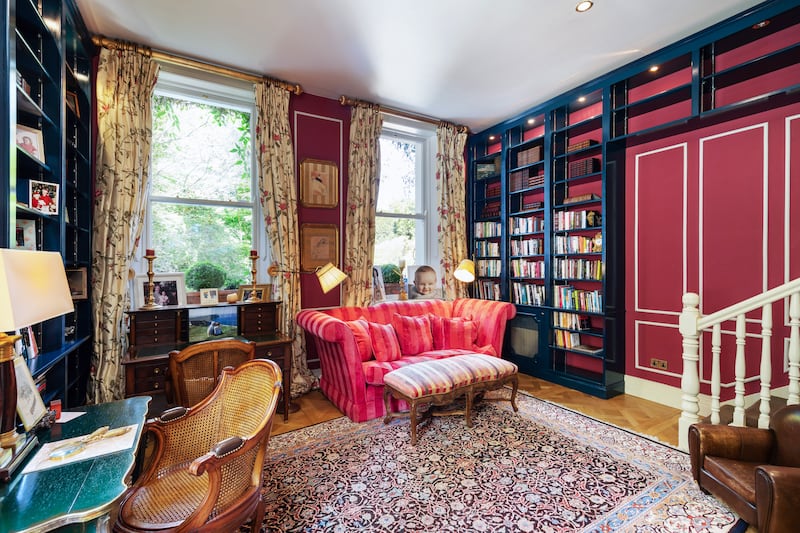
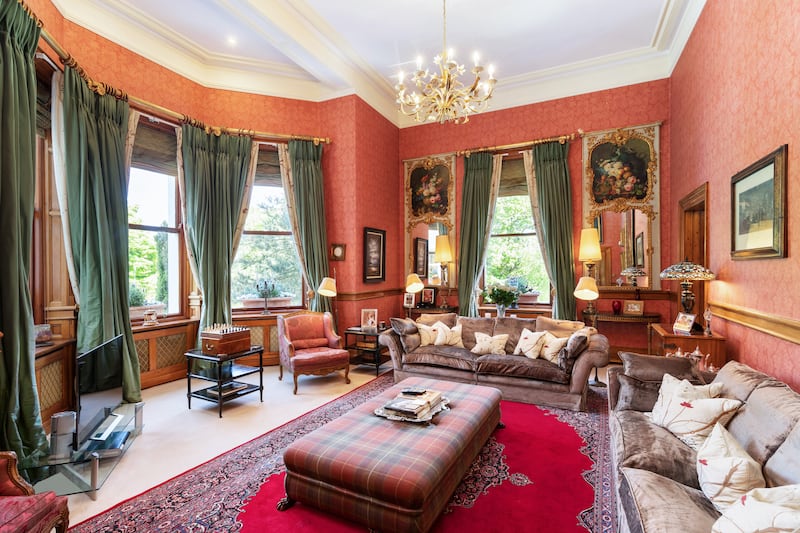
It retains period features such as elaborate cornicing framing soaring ceilings, opulent silk wallpapers and hand-painted wall treatments, and some of the rooms off a cantilever staircase have superb Versailles parquet flooring.
Inside the double-height entrance hall, featuring monochrome marble flooring, are three main reception rooms in the form of a morning room, a diningroom and a vast drawingroom. The most opulent room in the house, the drawingroom, features double bay windows allowing sea views, and is richly decorated with wainscoting and gilded accents.
Equal in stature is the Mark Williamson bespoke kitchen, with a treble Aga and a large silestone island. What is particularly lovely about this space are the three round-headed French doors that open out on to an Indian sandstone terrace.
A boot room, library and guest loo complete this floor.
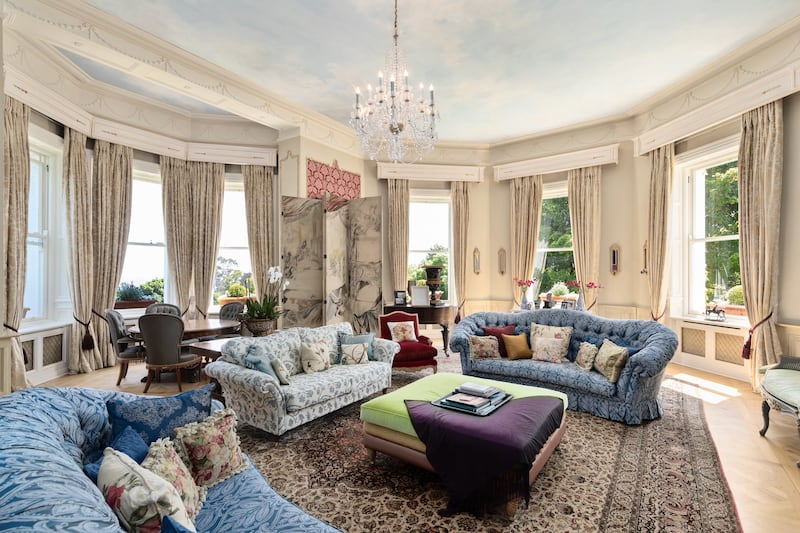
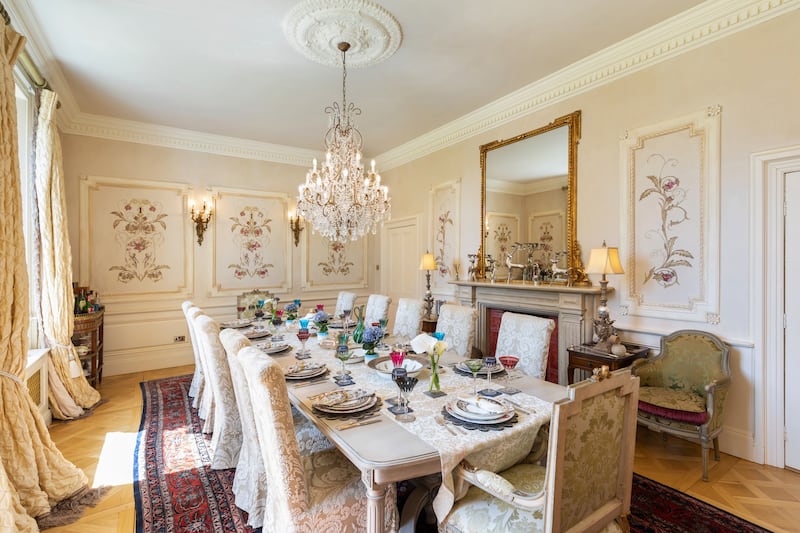
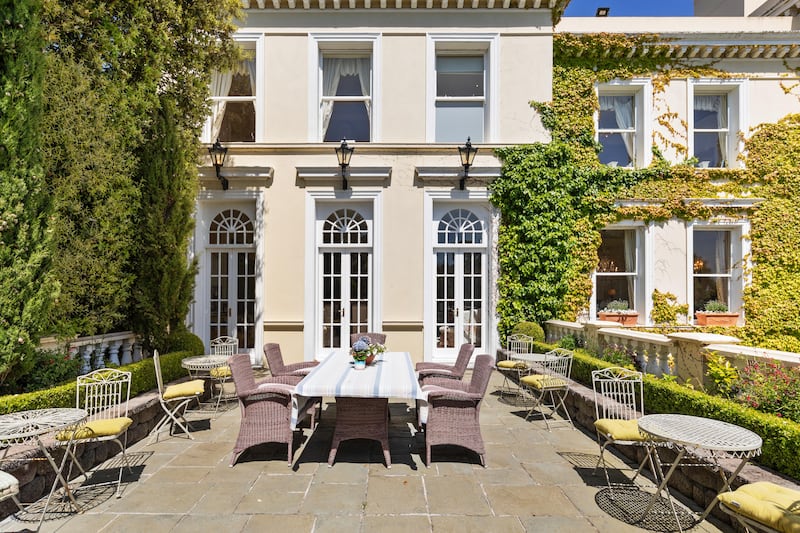
At lower ground floor are a galley kitchen, a wine cellar and large storage room, along with a spacious games room. A seventh bedroom also lies here, adjacent to self-contained guest quarters that houses the eighth bedroom and a guest sittingroom.
Six bedrooms lie upstairs and, as you would expect in a house of this calibre, the main is a showstopper. Enjoying a dual aspect, it has a bay window capturing marvellous views of the grounds as well as the maritime activities on Dublin Bay.
Outside, grounds consist of perfectly coiffed rolling lawns, elevated terraces framed by neat box hedging and mature herbaceous borders. An all-weather tennis court sits adjacent to an indoor heated pool and solarium, which also has a bar for parties.

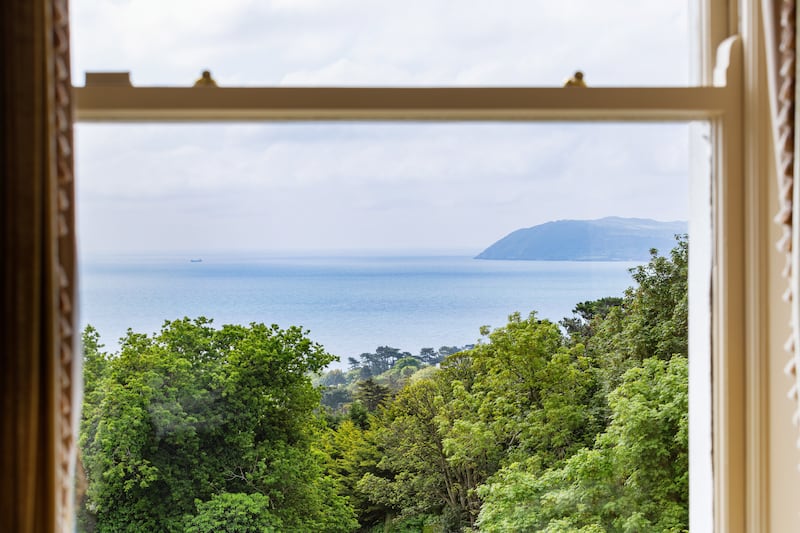
When Francis Du Bedat purchased Kenah Hill in 1889, his aim was to turn the property into one of the finest houses in Killiney. Despite his dramatic change of circumstances – as just two years later, in 1891, the residence was put up for auction by the Bank of Ireland and Francis received a seven-year prison sentence – it appears that his dream, though 135 years late, has finally been realised.















